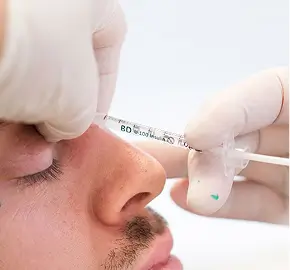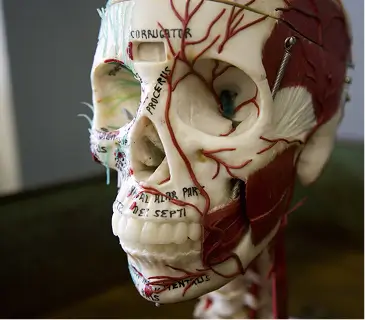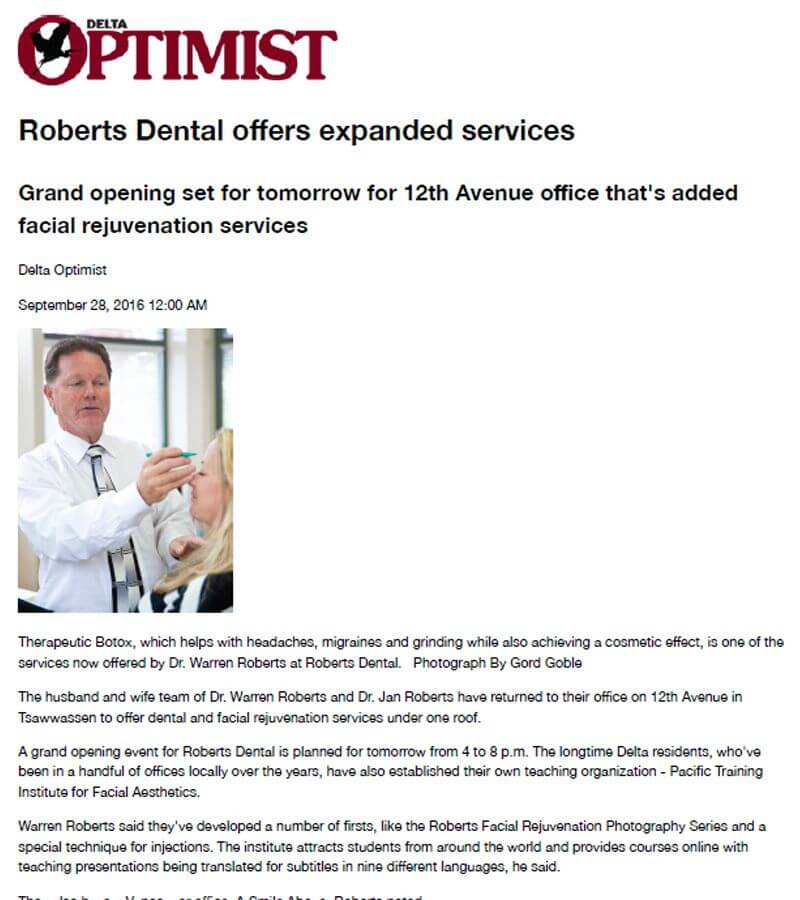Botox® Courses Tailored
for Dentists
View upcoming online and hands-on courses designed to help dentists elevate their practice in facial aesthetics & therapeutics.
Explore Courses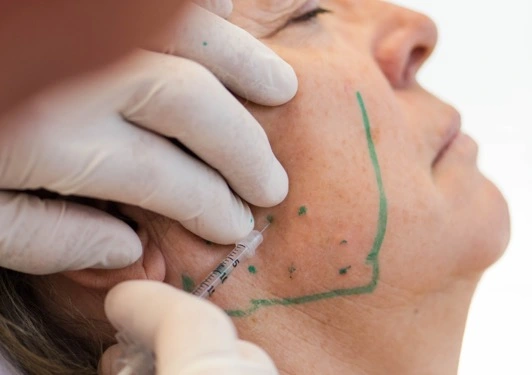
Curious about Botox® in Dentistry?
Discover how Botox® can elevate your practice, enhance patient care, and introduce a new paradigm in dentistry through therapeutic and aesthetic applications.
Explore Benefits
For You &
Your Practice
Comprehensive training offering:
Both therapeutic & aesthetic applications
Anatomy based (16+ hrs)
Extensive clinical hands-on (8+ patients)
Separate team training courses
Applications for:
Migraine, Headache & TMD
Fine facial lines & wrinkles
Gummy & canted smiles
Platysma bands
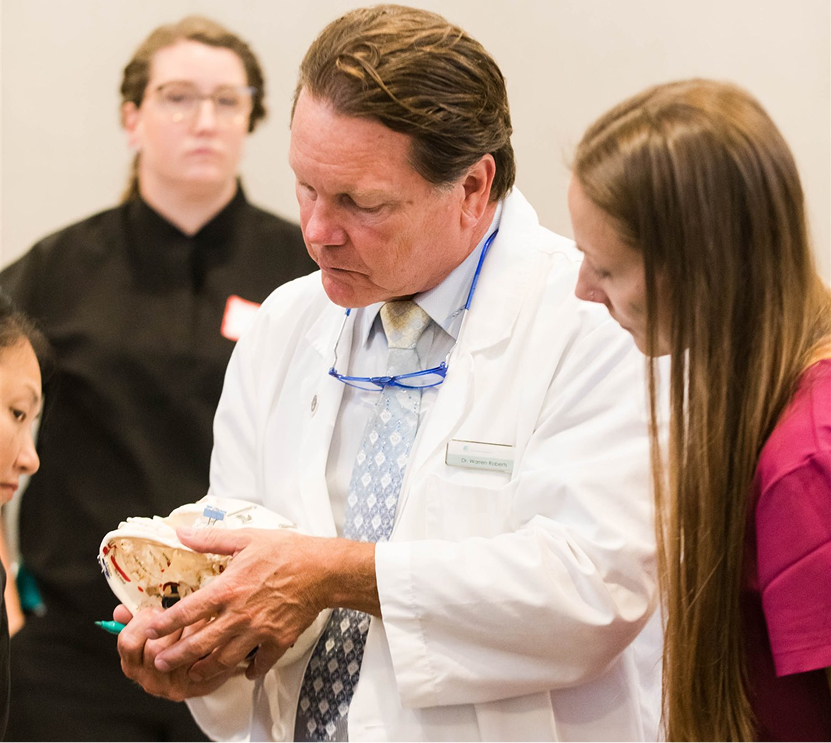
Why
Dentists and Botox®
Dentists specialize in head and neck care, making them well-suited for facial rejuvenation. When considering the whole face, aesthetics naturally complement smile design. This holistic approach enhances overall treatment outcomes.
Additionally, dentists make an excellent clinician choice because they:
Have specialized university education and focus their careers on the anatomy of the head and neck
Understand the importance of reviewing medical history and performing a complete exam
Are highly trained and experienced in providing facial injections
Work in a clinical setting
Don’t delegate the treatment to a staff member or administrator
Understand the importance of asepsis and always use sterile instruments or ‘once only’ disposables
Have appropriate liability insurance
Can numb areas of treatment
Can discuss and treat all aesthetic patient concerns regarding their teeth, smile and face
Key Benefits of Offering Botox® in Dentistry
Our graduates report transformative practice results, including:
A highly
engaged and motivated team
Enhanced
patient care and long-term loyalty
Increased
practice revenue and growth
Step-by-Step to Injectable
Excellence
Learn our proven clinical protocols to achieve predictable & desired results.
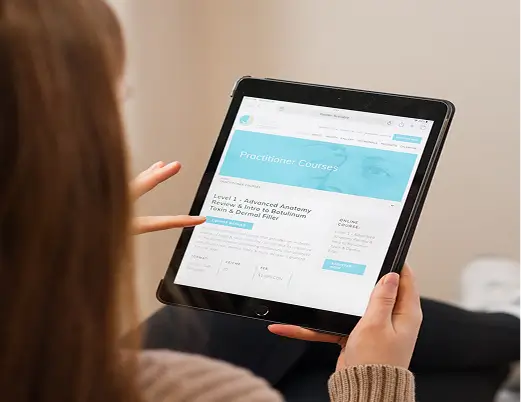
Step 1
Online Learning
Start today with the online Level 1 course & begin your training with a solid foundation of anatomy (16+ hrs)
Register Now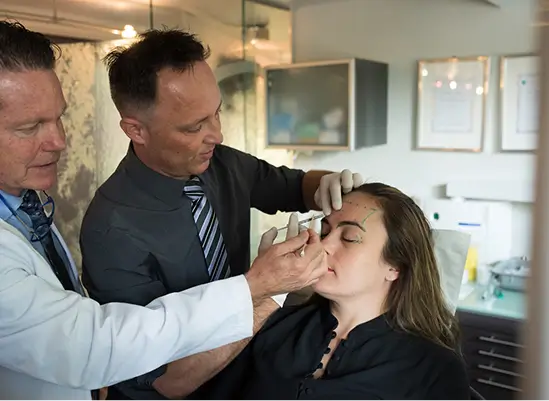
Step 2
Clinical Hands-on Training
Master the anatomical marking technique on Day 1 of the hands-on, prior to a full-day of clinical injecting on Day 2.
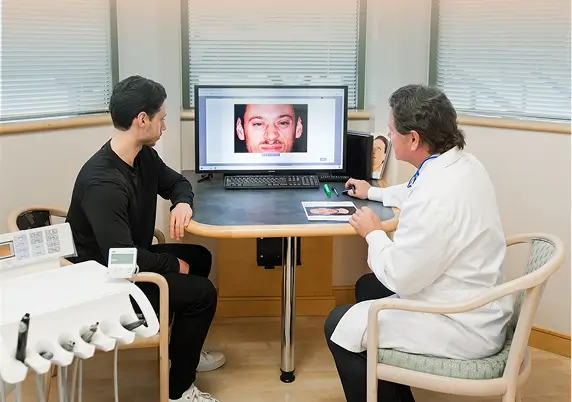
Step 3
Ongoing In Practice Support
Join the online study club & receive case support, practice integration templates & additional training videos.
“Best Course I’have taken since
graduating in 1996”

Dr. Marianne Stelmaschuk (Dentist)
Lloydminster, AB
Our graduates success stories
5.0 (250+ Reviews)
+8.000 Graduetes
“I attended this course many years ago, and again last weekend. It was fantastic in the past, and the content has only evolved and improved. I have extensive injecting experience, but I still gained applicable and beneficial new knowledge. For an aspiring injector, or one who has been doing it for years, this course is the North American gold standard, and I would highly recommend it.”
“Dr. Roberts’ Botox course is very systematic and thorough. I feel equipped to start administering Botox in my office immediately after the course. Their online resources make it easy to prepare and study for the course ahead of time.”
“Best course I have taken since graduating in 1996.”
“An extremely well organized CE. One of the best hands on courses ever!”
“A great day of learning today. Attention to anatomy/ markings and injection technique is over and above many other courses. Thank you!”
Did You Know?
99%
of negative side effects
are injector related?
Learn Dr. Roberts’ Anatomic Landmarking Template & Weal Injection Technique to achieve predictable results, minimize unwanted side effects and provide the highest level of patient care.
Courses
Start Today Level 1: Online Course
Upcoming Events/Course
Upcoming Events/Course
Initial Outlay

Tuition Expense
Level 1 – Online Anatomy Course
$1895
Level 2 – Basic Botox® Course
1 Practitioner
$3800
1 Team Member
$998
Supplies Expense
Set-up Tray
$299
Vial of Botulinum Toxin
$283 – $383 / vial
+
Total
$7,375
(+ taxes)
Physicians will see a complete return on their training investment in less than two months (based on seeing six botulinum toxin patients per month, not including cost of Dysport/Botox® product). Besides ordering product and incorporating a tray system, offering botulinum toxin as a treatment requires no additional equipment or investment. Upon graduating from Level 2, you will be able to offer both the aesthetic treatments for reducing the signs of aging (ie: fine facial lines and wrinkles), as well as the therapeutic treatments (ie: bruxing/clenching/grinding/TMD/migraines/headaches).
We’re in the media
Explore some of our published articles in leading dental journals and publications, showcasing Drs. Roberts’ expertise and innovation of Botox in dentistry.
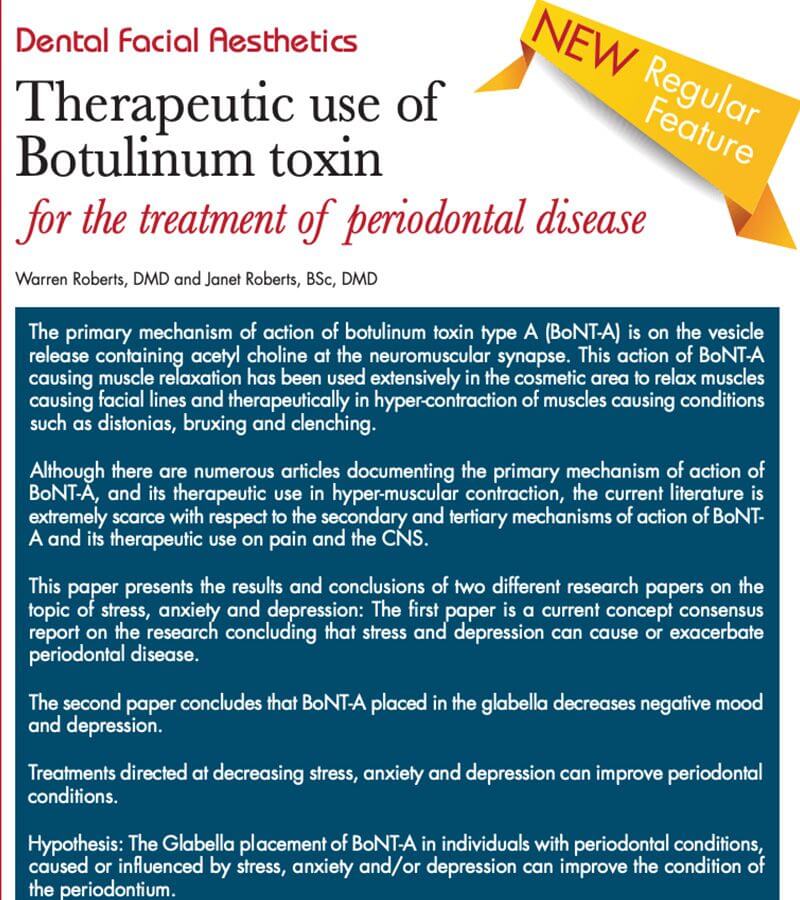
Spectrum Dental Teamwork
Therapeutic use of Botulinum Toxin for the Treatment of Periodontal Disease
Read More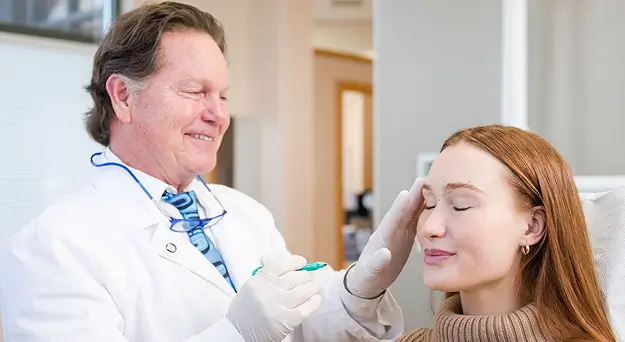
As Seen In
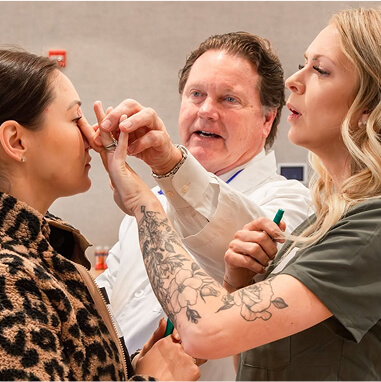
Launch injectables & increase practice revenue
View Botox Courses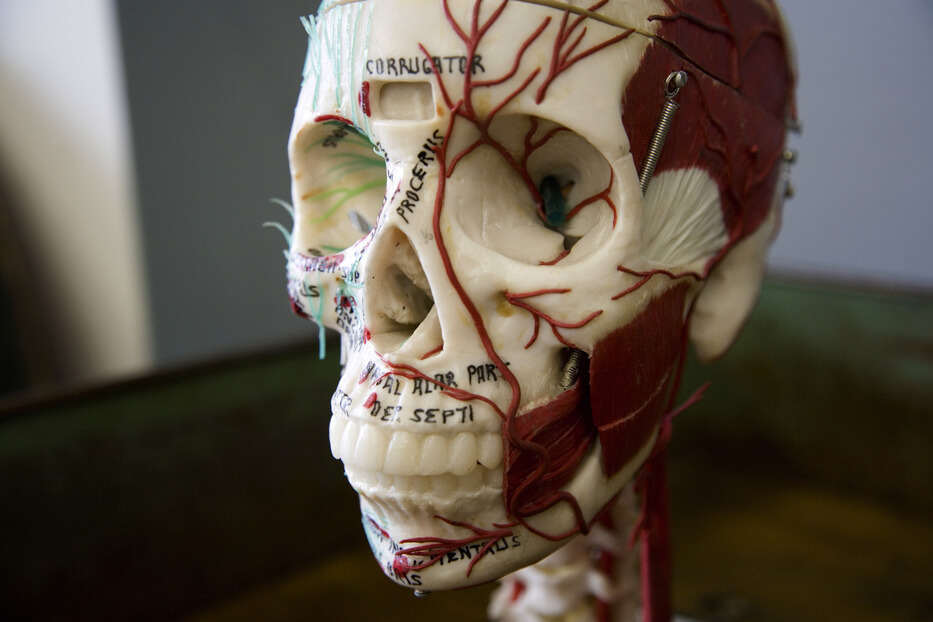
FAQ
Our educational content is thoughtfully created and structured to allow dental and medical graduates to be successful in achieving predictable results – with little to no side effects. To do this, practitioners require a deep understanding of underlying anatomy, as well as a specific treatment and injection practices that provide the highest level of patient care. Both topics of botulinum toxin and dermal fillers require ample anatomy-based instruction and clinical hands-on practice. It is not possible to obtain the depth of skill needed to be successful at both in a combined botulinum toxin/dermal filler course.
While no medical boards in Canada have formally adopted the FETAP Standard of Practice yet, we hope that they will align with FETAP to establish a single, highest standard of patient care. In the meantime, our training programs align with and fulfill the Continuing Medical Education (CME) requirements relevant to a physician’s practice. Earn CME (Category 2) credits upon the completion of each level.
Level 1 is an online course open to all participants regardless of location or licensing status. For hands-on courses (Level 2 and above), participants must have:
- Current professional license in their jurisdiction
- Valid malpractice insurance coverage
All practitioners should verify scope and practice guidelines with their local licensing board before registering for any hands-on courses.
Typically, yes nurses can provide these services to patients. Please appreciate that PTIFAT trains medical graduates from across the world, and that we always recommend that you check-in with your local licensing college for details.
There is significant overlap between aesthetic and therapeutic treatments. Therapeutic treatment can have aesthetic side effects and vice versa. A thorough understanding of how the two are related is required for effective and appropriate treatment. The PTIFAT Therapeutic and Aesthetic Templates illustrates their synergy. Precise anatomical placement and proper dosage is required in each case. Higher dosage than that used for aesthetic treatment alone results in reduction of headaches and migraines (see Allergan’s PREEMT study). A threshold dosage, carefully placed, must be reached in order to obtain therapeutic relief. At this juncture, the secondary and tertiary mechanisms of action of botulinum toxin come into play, and there is a synergy between aesthetic and therapeutic outcomes. That’s why our Level 2 course has been designed to teach you the aesthetic use of botulinum toxin in the upper face, as well as the therapeutic use for reducing pain (migraines/ headaches/TMJ/ bruxing/etc). For learning therapeutic treatment skills we recommend the Level 1 online and Level 2 hands-on courses as a minimum. Level 3 takes the therapeutic training deeper. To learn more, review Dr. Roberts’ article “Botulinum Toxin: Not Just a Pretty Face”..
Still Have a Question?
Reach Out Us
Call Us
Explore Our Free Botox® Resources
All designed to give you a taste of our world-class Standard of Practice training.
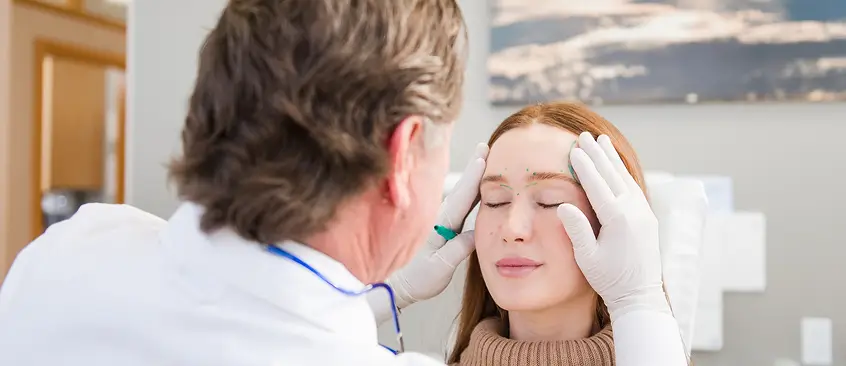
Uncover an Additional $125,000 in
Your Practice
Discover the Synergy Between Therapeutic & Aesthetic Applications of Botox®.
Download Now
Free Botox® Training Videos
Expert-led free videos to elevate your knowledge in facial aesthetics today.
